Riverine Grasslands
Assam, India. This state’s tropical riverine grasslands are protected for the iconic tigers, one-horned rhinoceros, and other charismatic megafauna, but the ecosystem’s flagship is a turkey-sized bird: the Bengal Florican.
Riverine Grasslands in Assam
The river Brahmaputra, when it enters Assam, becomes as wide as 12 miles. Along the expanse of river are fertile floodplains full of forests, savanna, and both alluvial and dry plains.
This huge variation in rich habitat makes the Brahmaputra’s floodplains a rich habitat for grassland birds. Of the 210 species identified on the floodplains, 113 of them are grassland-dependent species like the endemic Indian Grassbird and White-throated Bushchat.
While plenty of natural areas are protected along the river (we highlight a selection of them below), the grasslands are often overlooked, and the lands are primarily managed for charismatic species like the greater one-horned rhinoceros.
And, as it happens so often in grasslands, research on grassland-dependent species has been pretty absent until recent years.
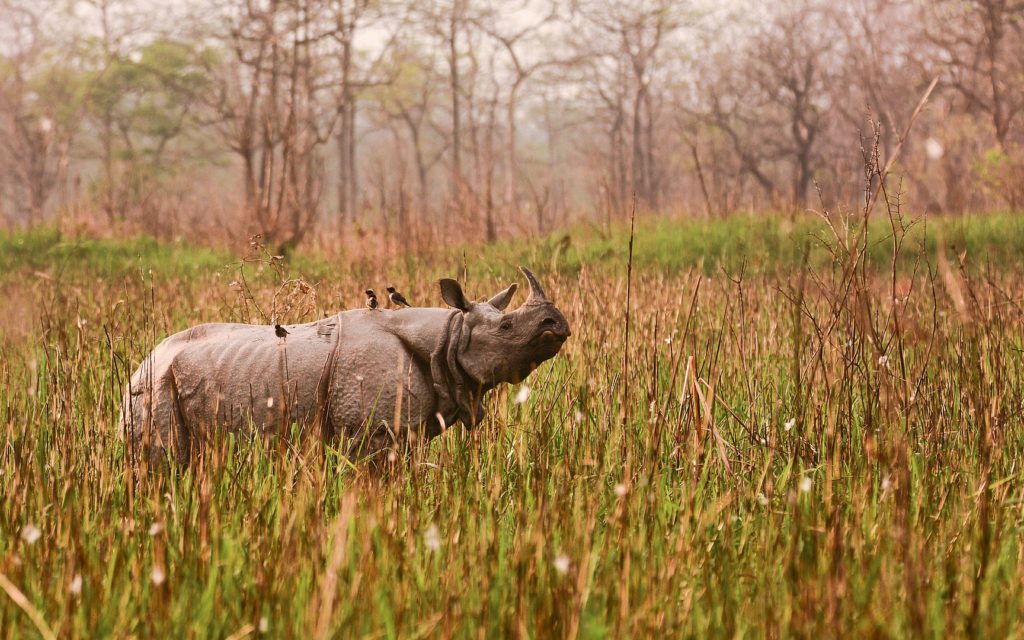
Greater one-horned rhinoceros in the golden hour, at Orang Tiger Reserve, Assam, India.
Grassland birds are indicators
In general, birds in grasslands are considered an important indicator of how healthy the ecosystem is. During the breeding season they’re vocal, they’re visible, and they’re active during the day, which are pluses for surveys. They’re also very dependent on the habitat.
Grassland birds usually nest on or close to the ground, and they can have super specific needs in the habitat. Compared to mammals and herps, they give huge insights into the status of a grassland.
And, surprising no grassland ecologists, tropical grassland birds have received relatively little study attention compared to tropical forest birds. That’s especially true of tropical grasslands. And it’s changing! Hence this episode and blog post. Celebrate!
Char and Chapori
Grasslands don’t only occur on the floodplain. They also occur on the river itself, in an ecosystem unique to Brahmaputra: Char-Chapori Grasslands.
Interchangeably used, char and chapori are sandy river banks and islands in the Brahmaputra. With the flow of the river they’re always shifting and changing, but some are more permanent than others.
Char and chapori grasslands, as it turns out, are also important refugia for the grassland animals navigating the highly developed river banks. This is especially true of grassland birds, including globally endangered species like the Swamp Prinia (Swamp Grass Babbler).
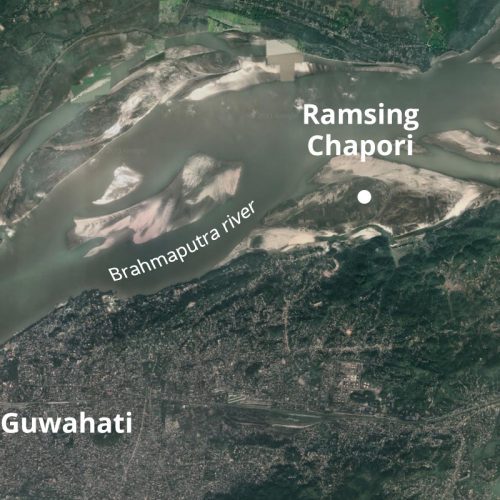
With savanna, plains, and forest on these floodplains, trees are a natural part of the landscape and add much-needed stability to erosion-prone sandy islands.
This jhau tree, part of the natural grasslands of Assam, is one choice for people like the River Land Project working to protect char and chapori. Planting jhau trees is one way to protect the grasslands against the river’s flow.
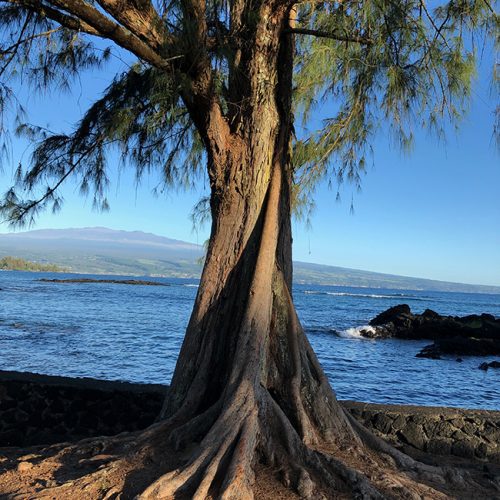
Bengal Florican
the flagship of riverine grasslands
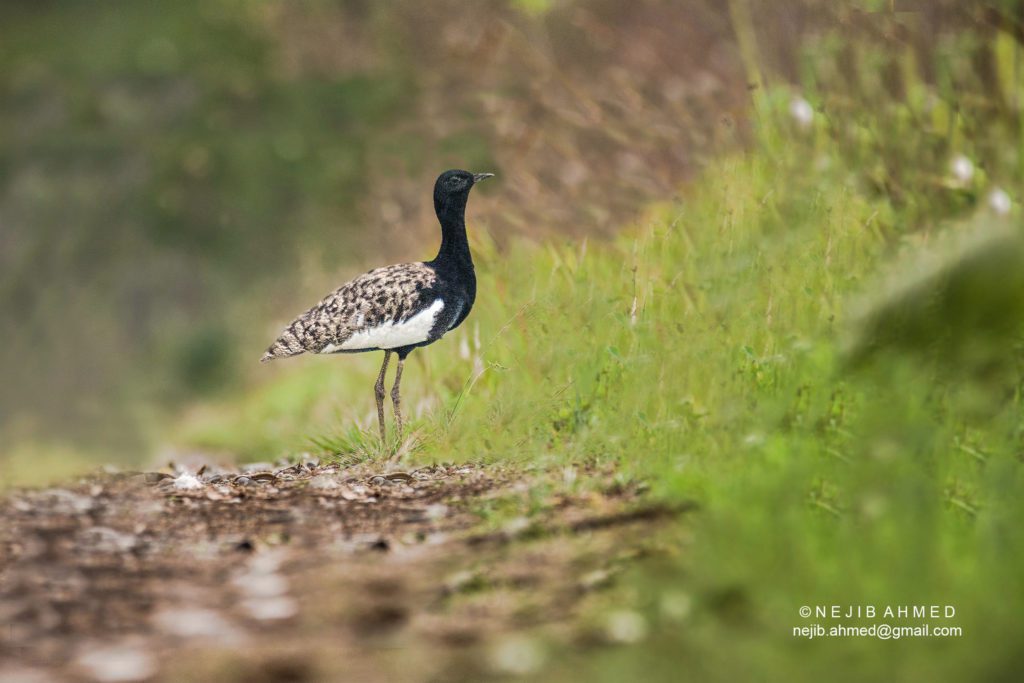
The Bengal Florican, the rarest bustard in the world, is seriously grassland dependent.
Bustards can’t perch in trees. They can’t stand in the water overnight. Their only defense is taking shelter in the grass and keeping their eyes wide open.
The variations in their wide grasslands provide the tall cover and shorter strutting display grounds they need to thrive. That’s what makes this species a flagship for these grasslands, an icon to raise support for biodiversity conservation throughout its home. Plus it’s charismatic and beautiful. High marks!
Mating displays: struts and flights
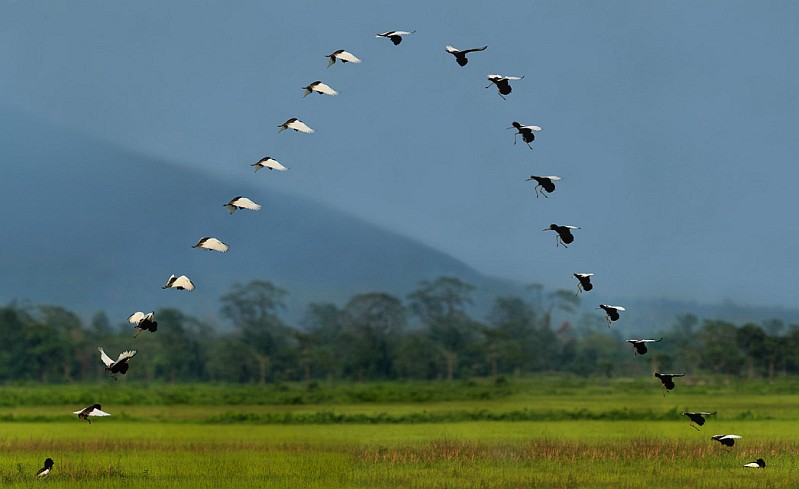
"Here are 24-frames of a displaying male Bengal Florican digitally stitched. I made 36-frames of a single display that lasted several seconds and a photoshop expert helped piece them together to reveal this fantastic display ritual."
Manas National Park, Assam
When they’re not displaying, these birds are secretive and so hard to find that their movements and locations were largely unknown. In 2018, we learned Bengal Florican’s distribution and habitat use for the first time (Thakuri 2018), which kind of blew our minds.
Not only did researchers find Bengal Floricans hanging out in unprotected grasslands, including char-chapori, they confirmed that these birds are migratory.
This was huge, and thanks to these survey efforts, the Bengal Florican was unanimously accepted into the Convention for Migratory Species in February 2020. This international agreement across the bird’s range will add much-needed funding and prioritization for the protection of this bird and its riverine grassland habitats.
Brahmaputra's Protected Grasslands
Just within Assam are a number of protected National Parks and Wildlife Sanctuaries featuring rich riverine grasslands. Most of these tours advertise the big guys: tigers, one-horned rhinoceros, leopards, buffalo. They also feature incredible bird diversity, even our bustards like the Bengal Florican.
Some of these reserves are small, but they make their way across the Brahmaputra in close proximity.
Kaziranga is a huge UNESCO World Heritage Site and features safaris, tours, and other attractions.
Another UNESCO World Heritage Site, Manas Wildlife Sanctuary also features safaris, tours, and attractions at the foothills of the Bhutan-Himalayas cut by a tributary of the Brahmaputra.
Dibru-Saikhowa National Park was designated a Biosphere Reserve in July 1997 with an area of 295 sq mi), including a core area of 130 sq mi and a buffer zone of 164 sq mi.
Assam’s ENVIS Centre has a database on their Grassland Ecosystems. More info than you could ever want.
Sources/Further Reading:
Batbayar, N., & Bhardwaj, G. S. (2017). Averting the extinction of bustards in Asia. Forktail, 33, 1-26. https://www.researchgate.net/publication/327098587_Averting_the_extinction_of_bustards_in_Asia
Sinha, C. (2021, February 22). Grassland burning, clearing imperils birds of Brahmaputra’s river islands. Retrieved from https://india.mongabay.com/2021/02/grassland-burning-clearing-imperils-birds-of-brahmaputras-river-islands/
Lahiri, S., Pathaw, N. A., & Krishnan, A. (2020). Convergent acoustic community structure in South Asian dry and wet grassland BIRDS. BioRxiv (preprint). doi:10.1101/2020.08.07.241612
Jha, R.R.S., Thakuri, J.J., Rahmani, A.R. et al. Distribution, movements, and survival of the critically endangered Bengal Florican Houbaropsis bengalensis in India and Nepal. J Ornithol 159, 851–866 (2018). https://doi.org/10.1007/s10336-018-1552-1
Sridharan, B. (2020, February 22). Can the Bengal Florican make its case at the convention for migratory Species cop? Retrieved from https://india.mongabay.com/2020/02/can-the-bengal-florican-make-its-case-at-the-convention-for-migratory-species-cop/
Nerlekar, A. N., and J. W. Veldman. 2020. High plant diversity and slow assembly of old-growth grasslands. Proceedings of the National Academy of Sciences of the United States of America 1–7.
Ratnam, J., K. W. Tomlinson, D. N. Rasquinha, and M. Sankaran. 2016. Savannahs of Asia: Antiquity, biogeography, and an uncertain future. Philosophical Transactions of the Royal Society B: Biological Sciences 371.
Chakdar, B. (2019, May 16). Bengal florican. Retrieved April 15, 2021, from http://www.edgeofexistence.org/species/bengal-florican/
Did you spot an error or have questions about this post? Email Rachel Roth.
